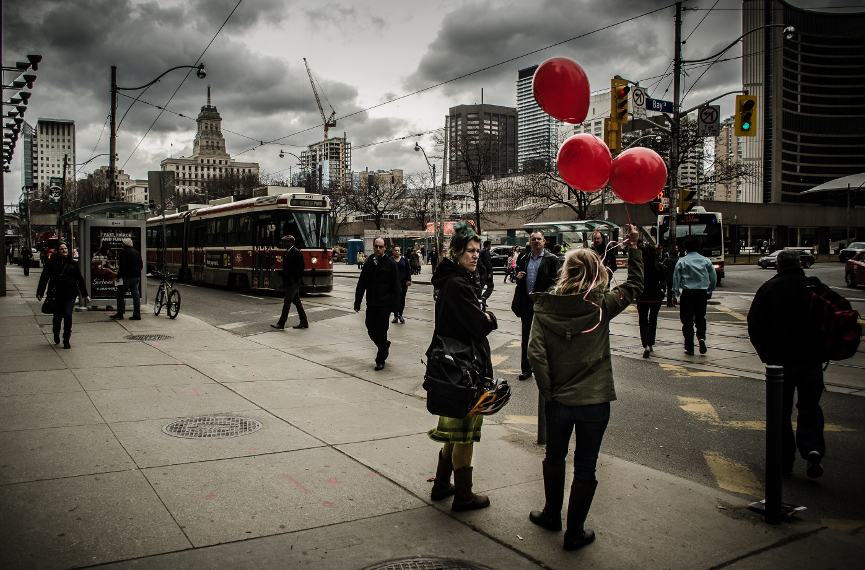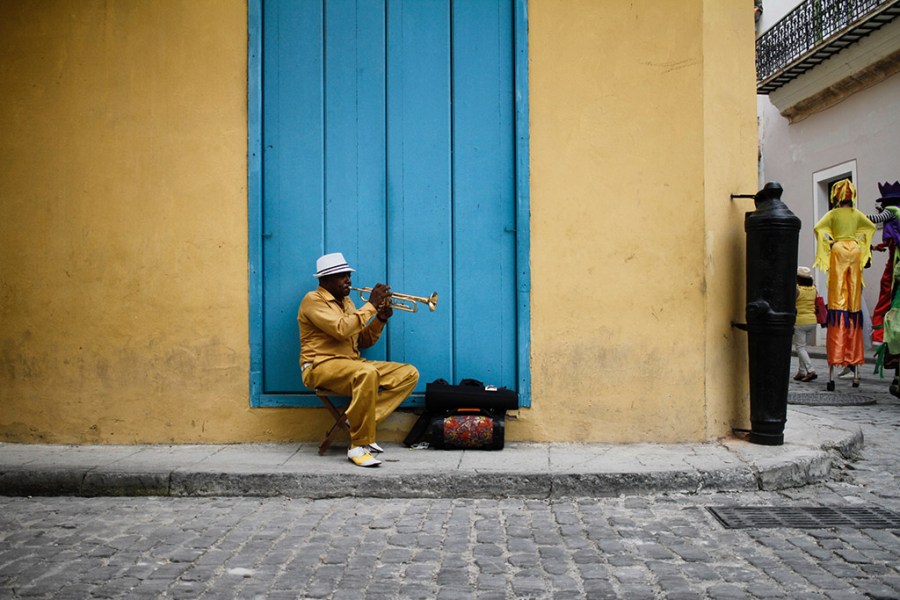Things about Street Photographers
Things about Street Photographers
Blog Article
The Facts About Street Photographers Revealed
Table of ContentsStreet Photographers Can Be Fun For EveryoneLittle Known Facts About Street Photographers.Street Photographers for BeginnersEverything about Street Photographers3 Easy Facts About Street Photographers Shown
, a genre of digital photography that documents everyday life in a public location. The actual publicness of the setting allows the photographer to take honest photos of unfamiliar people, usually without their knowledge. Street digital photographers do not always have a social function in mind, however they like to separate and record moments which might otherwise go unnoticed.Though he was affected by a lot of those that influenced the road photographers of the 1950s and '60s, he was not chiefly interested in recording the spirit of the road. The impulse to visually record people in public started with 19th-century painters such as Edgar Degas, douard Manet, and Henri de Toulouse-Lautrec, that worked side by side with digital photographers trying to capture the essence of city life.
Since of the comparatively primitive innovation readily available to him and the lengthy exposure time needed, he had a hard time to catch the pressure of the Paris streets. He experimented with a collection of photographic approaches, trying to locate one that would certainly enable him to record activity without a blur, and he discovered some success with the calotype, patented in 1841 by William Henry Fox Talbot. While the professional photographers' subject was essentially the very same, the results were noticeably various, showing the impact of the photographer's intent on the character of the photos he generated.
Street Photographers Fundamentals Explained
Provided the great top quality of his photos and the breadth of material, architects and artists commonly purchased Atget's prints to make use of as reference for their own work, though business passions were hardly his main inspiration. Instead, he was driven to picture every last remnant of the Paris he liked. The mingled interest and necessity of his mission sparkle through, causing photographs that tell his own experience of the city, top qualities that expected road photography of the 20th century.

Unlike his peers, Brassa made use of a larger-format Voigtlnder cam with a longer direct exposure time, requiring him to be much more computed and thoughtful in his method than he might have been if utilizing a Leica.

What Does Street Photographers Do?
It is as a result of this essential understanding of the art of browse around here image taking that he is often credited with rediscovering the medium around once more about a century since its development. He took pictures for more than a half century and affected generations of digital photographers to trust their eye and instinct in the moment.
These are the questions I will attempt to answer: And then I'll leave you with my very own interpretation of road photography. Yes, we do. Let's start with specifying what an interpretation is: According to it is: "The act of defining, or of making something certain, unique, or clear".
No, absolutely not. The term is both limiting and misguiding. Seems like a road digital photography need to be images of a streets appropriate?! And all road digital photographers, except for a visit site handful of outright beginners, will totally appreciate that a road is not the crucial part to road digital photography, and in fact if it's a photo of a road with perhaps a couple of monotonous individuals not doing anything of interest, that's not road digital photography that's a picture of a road.
Some Known Incorrect Statements About Street Photographers
He makes a legitimate point don't you assume? While I concur with him I'm not sure "candid public photography" will capture on (although I do kind of like the term "candid digital photography") due to the fact that "street digital photography" has actually been around for a long time, with several masters' names connected to it, so I think the term is right click to read more here to stay. Street Photographers.
You can shoot at the coastline, at an event, in an alley, in a park, in a piazza, in a cafe, at a gallery or art gallery, in a metro station, at an occasion, on a bridge, under a bridge ...
Street Photographers - Questions
Yes, I'm afraid we terrified no choice! Without policies we can not have an interpretation, and without a definition we do not have a category, and without a genre we do not have anything to define what we do, and so we are stuck in a "policies meaning genre" loophole! - Street Photographers

Report this page